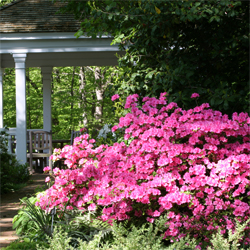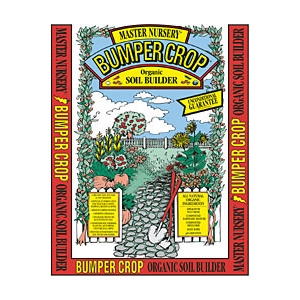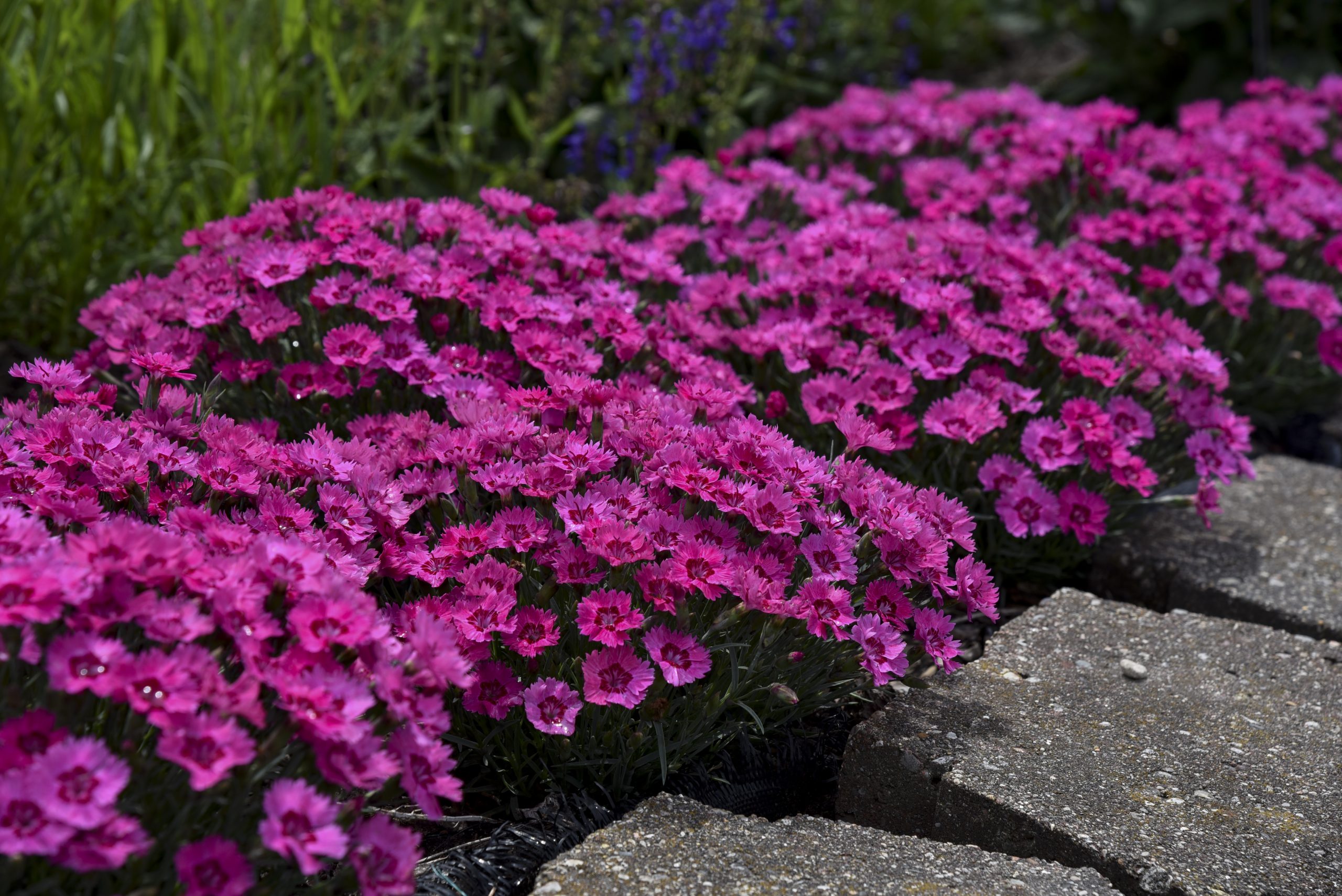The Blog
Azaleas
 Enhancing Your Landscape with Azaleas A Tapestry of Blooms: Imagine a garden adorned with cascades of vibrant blooms, painting a breathtaking tapestry of color and fragrance. This is the magic of azaleas. From delicate pastels to bold hues, their flowers captivate the eye and uplift the spirit, heralding the arrival of spring with unmatched splendor. […]Read More...
Enhancing Your Landscape with Azaleas A Tapestry of Blooms: Imagine a garden adorned with cascades of vibrant blooms, painting a breathtaking tapestry of color and fragrance. This is the magic of azaleas. From delicate pastels to bold hues, their flowers captivate the eye and uplift the spirit, heralding the arrival of spring with unmatched splendor. […]Read More...
Cultivation Guide for Dianthus
 The Ultimate Cultivation Guide for Dianthus: 1. Choose the Right Variety: Select from the wide array of Dianthus varieties available, including annuals, biennials, and perennials, each with its unique characteristics and growing requirements. 2. Optimal Growing Conditions: Dianthus thrives in well-drained soil with a neutral to slightly alkaline pH. Choose a location with full sun […]Read More...
The Ultimate Cultivation Guide for Dianthus: 1. Choose the Right Variety: Select from the wide array of Dianthus varieties available, including annuals, biennials, and perennials, each with its unique characteristics and growing requirements. 2. Optimal Growing Conditions: Dianthus thrives in well-drained soil with a neutral to slightly alkaline pH. Choose a location with full sun […]Read More...
Timeless Dianthus for your Perennial Garden
 The Timeless Appeal of Dianthus Perennials in Your Garden In the ever-changing landscape of gardening trends, certain classics endure, captivating hearts and imaginations with their timeless allure. Among these botanical treasures stands the perennial Dianthus, a symbol of grace, resilience, and enduring beauty. As stewards of the soil and custodians of nature’s wonders, gardeners are […]Read More...
The Timeless Appeal of Dianthus Perennials in Your Garden In the ever-changing landscape of gardening trends, certain classics endure, captivating hearts and imaginations with their timeless allure. Among these botanical treasures stands the perennial Dianthus, a symbol of grace, resilience, and enduring beauty. As stewards of the soil and custodians of nature’s wonders, gardeners are […]Read More...
Delightful Delosperma: the Ice Plant
Discover the Delightful Delosperma: The Charming Perennial for Your Garden Today, we’re thrilled to introduce you to the delightful Delosperma perennial, fondly known as the Ice Plant. Join us as we explore the wonders of this resilient beauty and uncover why it’s a must-have for any garden enthusiast. The Beauty of Delosperma: Imagine vibrant carpets […]Read More...
Growing Wallflowers (Erysimum)
Perennial wallflowers (Erysimum spp.) are charming and resilient plants that add vibrant color and delicate fragrance to any garden. With their easy-going nature and long-lasting blooms, they are a favorite among gardeners looking to add beauty and interest to their outdoor spaces. Here’s a comprehensive guide to cultivating perennial wallflowers: 1. Choose the Right Location: […]Read More...
Cultivating Columbine
Columbines, with their delicate blooms and graceful foliage, are enchanting additions to any garden. As versatile perennials, they thrive in various climates and soil conditions, making them accessible to gardeners of all skill levels. This comprehensive guide will provide you with essential tips and insights to successfully grow and care for columbines in your garden. […]Read More...
Enchanting Columbine
Exploring the Enchanting Perennial Columbine: Benefits and Beauty In the enchanting world of gardens, few flowers captivate the imagination quite like the perennial columbine. With its delicate, bell-shaped blooms and an array of vibrant colors, columbines add a touch of whimsy and elegance to any landscape. Beyond their aesthetic appeal, these charming flowers offer a […]Read More...
Cultivating Creeping Phlox
Introducing Creeping Phlox: The Perfect Ground Cover for Your Garden! Are you looking for a stunning, low-maintenance ground cover to transform your garden? Look no further than Creeping Phlox! With its vibrant colors, easy care, and versatility, Creeping Phlox is a must-have for any garden enthusiast. Benefits: Beautiful Blooms: Creeping Phlox boasts clusters of colorful […]Read More...
Creeping Phlox a Garden Marvel
Unveiling the Beauty of Creeping Phlox: A Garden Marvel In the realm of garden wonders, few plants rival the sheer splendor and versatility of Creeping Phlox. With its cascading blooms and effortless charm, Creeping Phlox has earned its place as a beloved favorite among gardeners worldwide. Join us as we delve into the enchanting world […]Read More...
Epimedium: Barrenwort Cultivation Guide
To cultivate Epimedium, follow these steps: Choose the Right Location: Epimedium thrives in partial to full shade and well-drained soil rich in organic matter. Select a spot with dappled sunlight or morning sun and afternoon shade. Prepare the Soil: Ensure the soil is loose, well-drained, and slightly acidic to neutral pH (around 6.0 to 7.0). […]Read More...






